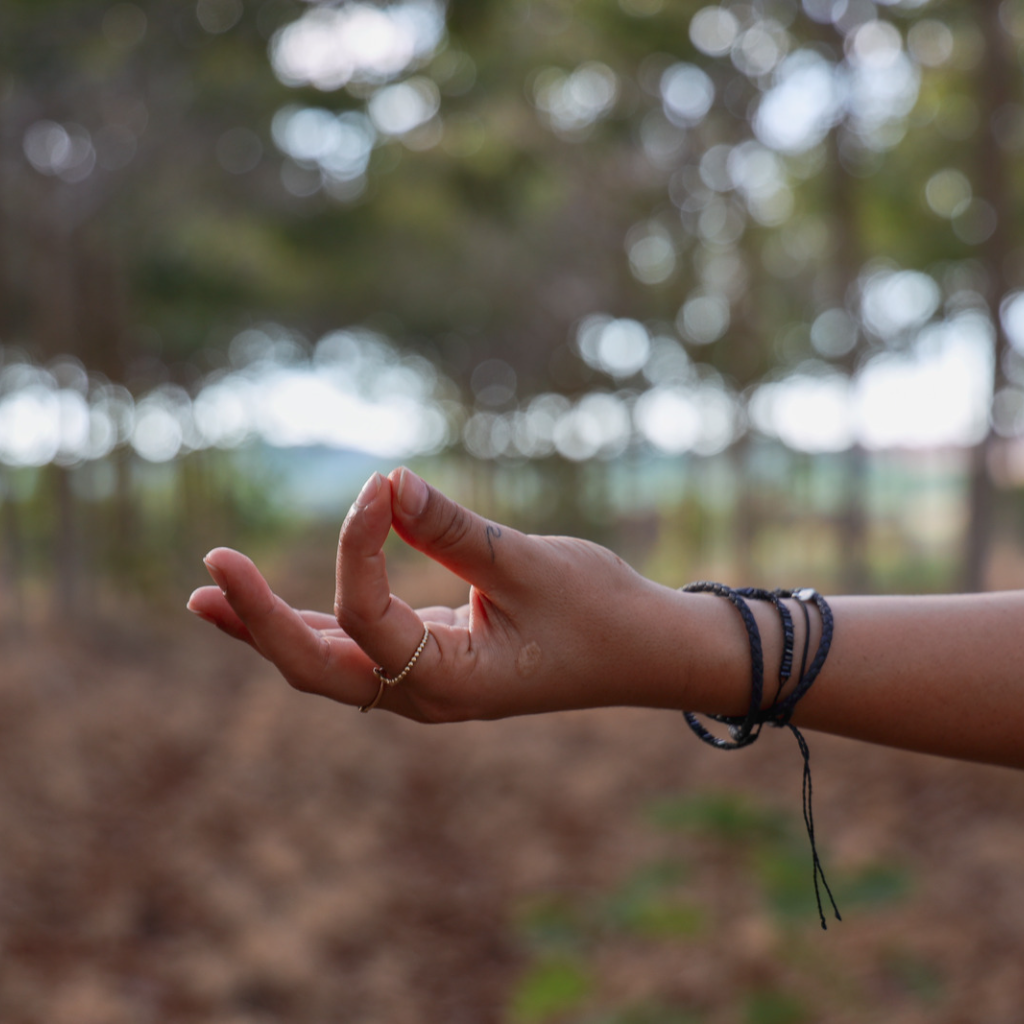Mastering Your Breath: The Art of Pranayama in Yoga

Breath is the essence of life, and in the practice of yoga, mastering the art of pranayama—the control and extension of breath—unveils a multitude of benefits. Pranayama techniques serve as powerful tools to enhance physical, mental, and spiritual well-being. In this article, we will explore the art of pranayama, discuss different breathing exercises, delve into the practice methods, identify the ideal time and space for practice, and highlight the numerous benefits that await those who embark on this transformative journey.
Understanding Pranayama
Pranayama, derived from the Sanskrit words "prana" (life force) and "ayama" (extension or control), is a yogic practice that focuses on conscious breathing techniques. It is a fundamental aspect of the eight limbs of yoga, as outlined by Patanjali in the Yoga Sutras. Pranayama involves manipulating the breath to regulate energy flow in the body, promote relaxation, and cultivate mindfulness.

Different Pranayama Breathing Exercises
Ujjayi Pranayama (Victorious Breath): Ujjayi breathing involves constricting the back of the throat to create a gentle hissing sound during inhalation and exhalation. It is often used during asana practice and is known to increase concentration and generate warmth within the body.
Nadi Shodhana (Alternate Nostril Breathing): Nadi Shodhana helps balance the flow of energy by alternating breath through the left and right nostrils. This technique calms the mind, balances the nervous system, and improves mental clarity.
Kapalabhati (Skull Shining Breath): Kapalabhati is a powerful cleansing technique that involves short, forceful exhalations and passive inhalations. It detoxifies the body, strengthens the abdominal muscles, and invigorates the mind.
Bhramari Pranayama (Bee Breath): Bhramari pranayama involves producing a gentle humming sound during exhalation. This technique calms the mind, relieves anxiety, and enhances focus.
Sheetali Pranayama (Cooling Breath): Sheetali pranayama is performed by curling the sides of the tongue and inhaling deeply through the mouth. This practice cools the body, reduces stress, and aids digestion.
Practicing Pranayama
To begin your pranayama practice, find a comfortable seated position, preferably with an elongated spine and relaxed shoulders. Close your eyes and bring your awareness to your breath. Start by observing your natural breath without trying to manipulate it.
Gradually introduce pranayama techniques by following these steps:
- Begin with a few rounds of deep, mindful breaths to settle the mind and establish a connection with your breath.
- Choose a specific pranayama technique that resonates with your intentions and needs for the practice.
- Practice the selected technique for a duration that feels comfortable to you, gradually increasing the duration as you become more experienced.
- Ensure you maintain a relaxed and steady rhythm throughout the practice. Avoid straining or forcing the breath.
- After completing the pranayama practice, allow yourself a few moments of stillness to integrate the effects and observe any changes in your body and mind.

The Best Time to Practice Pranayama
While pranayama can be practiced at any time, some moments of the day are particularly conducive to reaping its benefits. Early morning, known as the "Brahma Muhurta," is considered an ideal time for pranayama practice, as the mind is naturally calm and the energy levels are high. However, pranayama can be practiced at any time that suits your schedule, as long as you can find a quiet and peaceful environment.
Where to Practice Pranayama
Pranayama can be practiced in various settings, as long as the space allows for concentration and tranquility. Some suitable locations include:
Dedicated yoga or meditation studios: These spaces are designed to foster a peaceful atmosphere, making them an ideal choice for focused pranayama practice.
Outdoors: Connecting with nature while practicing pranayama can enhance the experience. Find a serene spot in a park or garden where you can absorb the fresh air and enjoy the tranquility of the surroundings.
Home: Creating a designated corner or room at home for your pranayama practice can provide convenience and consistency. Personalize the space with calming elements like candles, cushions, or essential oils to enhance the ambiance.

The Benefits of Pranayama
Improved Respiratory Function: Pranayama techniques increase lung capacity, enhance oxygen intake, and strengthen the respiratory system. This can be beneficial for those with respiratory conditions such as asthma or chronic obstructive pulmonary disease (COPD).
Stress Reduction: Pranayama practices activate the parasympathetic nervous system, triggering the relaxation response. This helps reduce stress, anxiety, and emotional turmoil, promoting a sense of calm and inner peace.
Enhanced Focus and Mental Clarity: Pranayama techniques quiet the mind, improve concentration, and sharpen mental acuity. Regular practice can improve memory, decision-making skills, and overall cognitive function
Energy Regulation: Pranayama facilitates the flow of prana (life force energy) throughout the body, balancing the energy centers (chakras) and revitalizing the entire system. This can lead to increased vitality, improved sleep quality, and an overall sense of well-being.
Emotional Balance: Pranayama practice helps regulate emotions, enabling individuals to respond rather than react to challenging situations. It promotes emotional resilience, self-awareness, and empathy towards oneself and others.
Pranayama is an artful practice that harnesses the power of the breath to unlock immense physical, mental, and spiritual benefits. By exploring various pranayama techniques, establishing a consistent practice, and carving out a suitable space and time, you can embark on a transformative journey of self-discovery and self-mastery. Embrace the art of pranayama, and let your breath become a guiding force on the path to holistic well-being.


Leave a comment